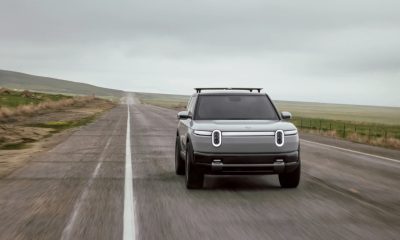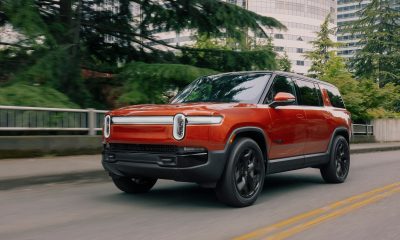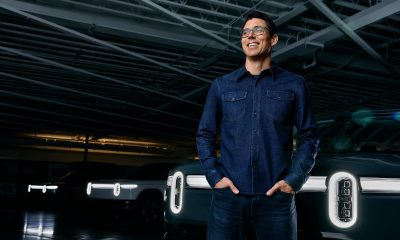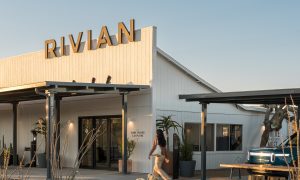News
Rivian launches hands-off driving assist in latest software update
Rivian is finally making its way into the world of automated driving.
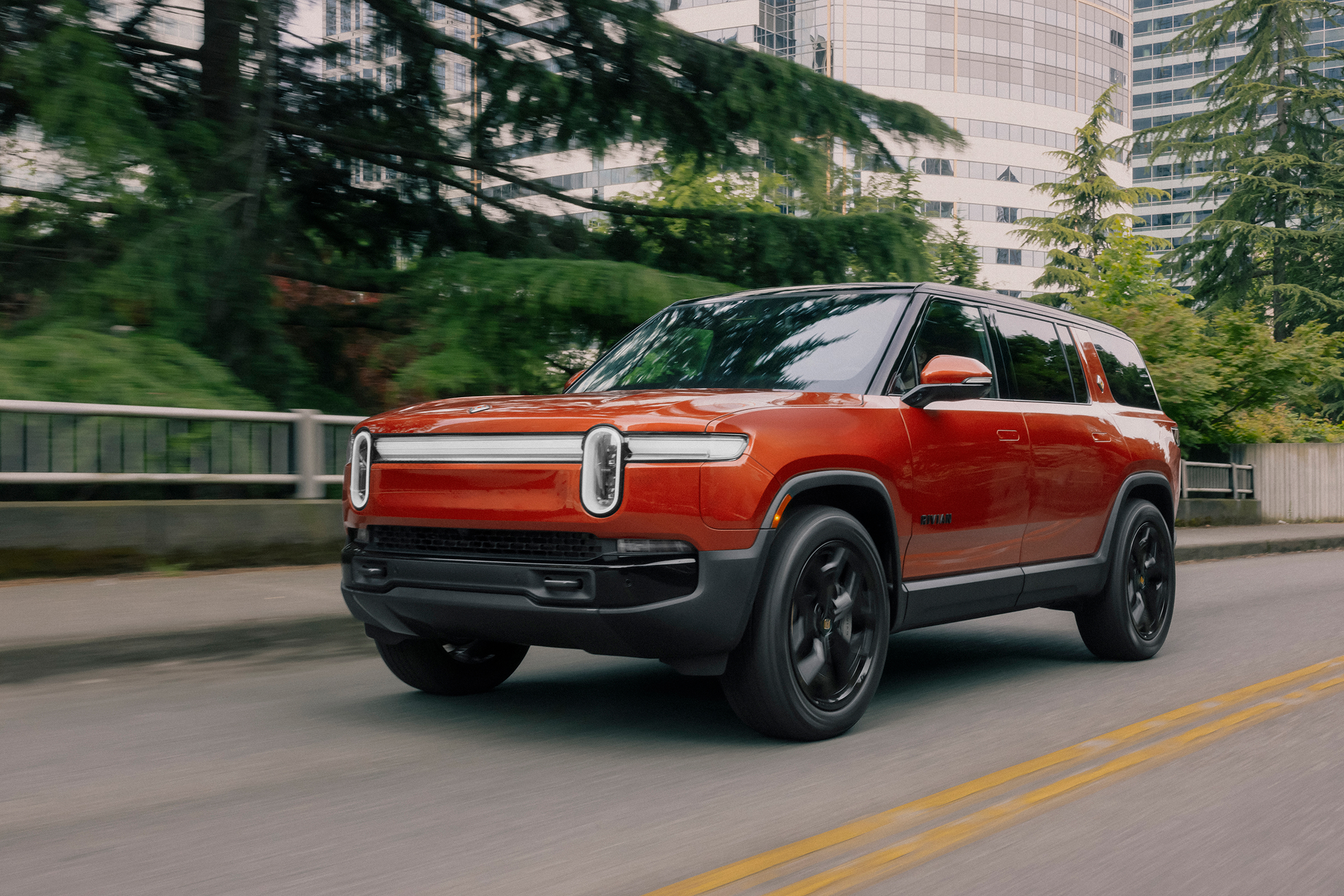
Electric vehicle (EV) maker Rivian debuted a new software update this week, and as part of it, the company has started rolling out a hands-off driving assistance system.
Rivian announced the software update in a press release on Tuesday, featuring the newly launched Enhanced Highway Assist for its Gen 2 R1T and R1S, as well as a performance upgrade and a few other improvements. In a separate release, Rivian has also detailed some of the gears behind its approach to autonomy, highlighting that the Enhanced Highway Assist is available for use on as many as 135,000 miles of highway in North America.
Below is a video from CEO RJ Scaringe and VP of Autonomy and AI James Philbin, along with a few more details about the software update and some information from the automaker about the in-house Rivian Autonomy Platform.
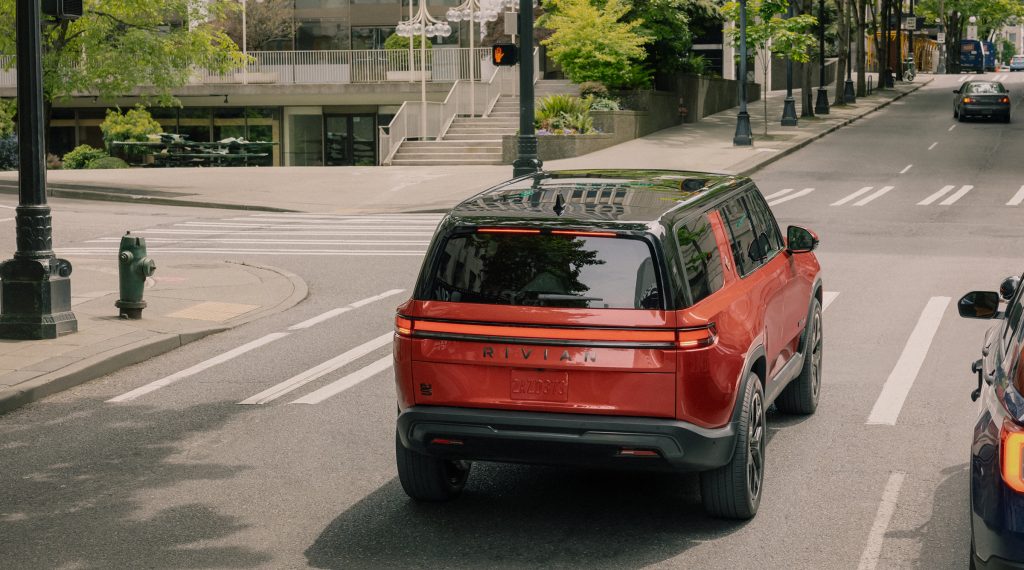
Credit: Rivian
READ MORE ON RIVIAN: Rivian’s $6.6B federal loan for its Georgia Plant is in limbo
Enhanced Highway Assist for Gen 2 vehicles
The company’s latest software update is deploying the new Enhanced Highway Assist to Gen 2 vehicles, which will let drivers take their hands off the wheel for extended periods of time, not unlike Tesla’s Supervised Full Self-Driving (FSD). For the time being, the feature is being offered to owners for free, though it’s not clear if Rivian plans to eventually start charging for the suite.
Enhanced Highway Assist is able to control the vehicles’ steering, acceleration, and braking, and Rivian also uses an infrared cabin camera embedded in the interior rearview mirror to monitor driver attention.
Rivian Autonomy Platform
In the press release dedicated to its autonomy program, Rivian notes that its vehicles include a multimodal suite of 11 cameras and five radars, offering sensor redundancy and a 360-degree view. The company also says that its internally developed cameras have the highest resolution of any vehicle in North America, while its radar systems are intended to help detect objects over longer distances and in low-visibility conditions.
“We are excited to continue releasing new updates and dramatically expanding our autonomy features,” Philbin said. “Everything on our Gen 2 roadmap is capable with the hardware on our vehicles today.”
Rivian says its vehicles also include an on-board compute module that’s capable of more than 200 trillion operations per second, while the company’s machine learning models are trained on the latest ML research and transformer architectures.
Performance Upgrade for Dual-Motor (Gen 1 and Gen 2)
Rivian has also debuted a $5,000 Performance Upgrade for Gen 1 and Gen 2 vehicles with the Standard+, Large and Max battery packs, unlocking 665 horsepower and 829 lb.-ft. of torque. The upgrade also adds three new drive modes, dubbed Sport, Rally, and Soft Sand, to the currently available All-Purpose, All-Terrain, and Snow modes.
Owners can purchase the upgrade from the Rivian mobile app or account page, and it will be downloaded to the vehicle through an over-the-air (OTA) software update.
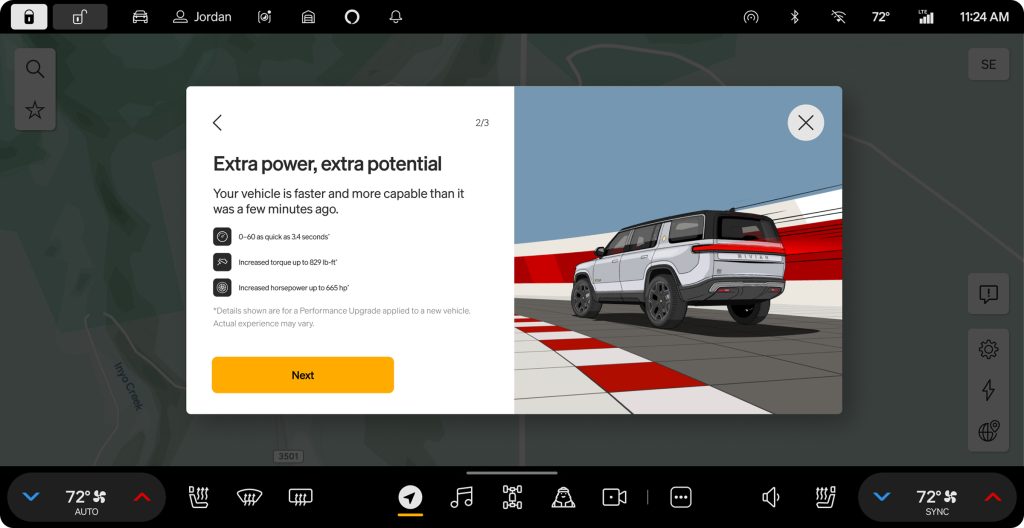
Credit: Rivian
Rally Mode comes to Performance Dual-Motor vehicles
The update also adds Rally Mode to Performance Dual-Motor vehicles, offering heightened throttle response, crisper steering on just about any terrain. To use the feature, drivers will simply need to switch into Off-Road mode, which will let them select Rally Mode.
Wheel Swap
Owners will now be able to change the vehicles’ wheel type in the settings menu, offering improved range estimates.
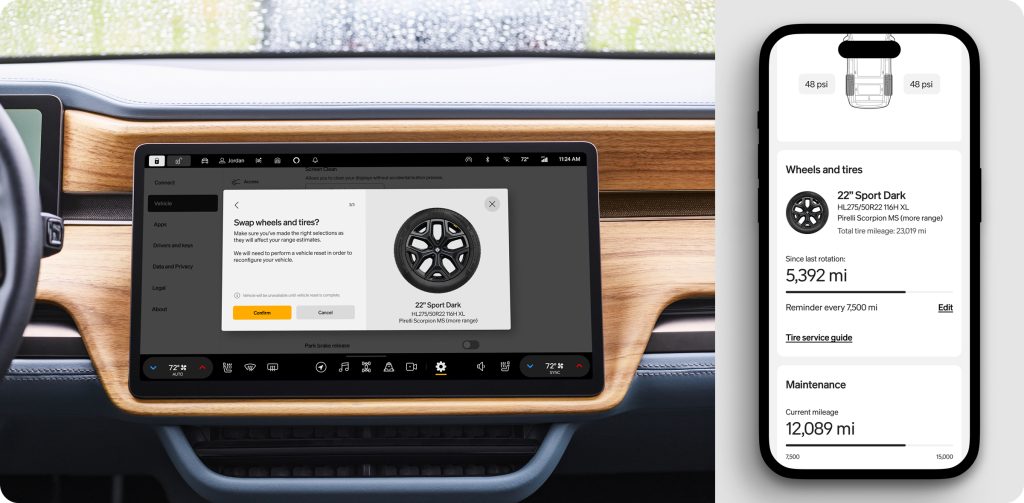
Credit: Rivian
Go Chime
Rivian has added an audible chime for when a stopped vehicle ahead starts moving, signaling to the driver that they can start driving too. The chime will first be added to the EV maker’s Gen 2 models, before later rolling out to Gen 1.
Side Mirror Auto-Tilt on Reverse
When drivers shift into reverse, Rivian’s sideview mirrors will now automatically tilt downward to show the curb and road, making parallel parking easier. This feature will also go out to both Gen 1 and Gen 2 vehicles.
Control Chargeport Door from Mobile App
Drivers will now be able to control their charging port door remotely using the mobile app, adding an extra layer of protection for those who walk away without closing it manually.
Tire Puncture Detection
Rivian has added proactive detection for tire punctures and slow leaks, set to notify drivers of a potential flat tire before it happens.
Rivian teams up with Ben & Jerry’s on an electric ice cream truck
Elon Musk
Tesla investors will be shocked by Jim Cramer’s latest assessment
Jim Cramer is now speaking positively about Tesla, especially in terms of its Robotaxi performance and its perception as a company.
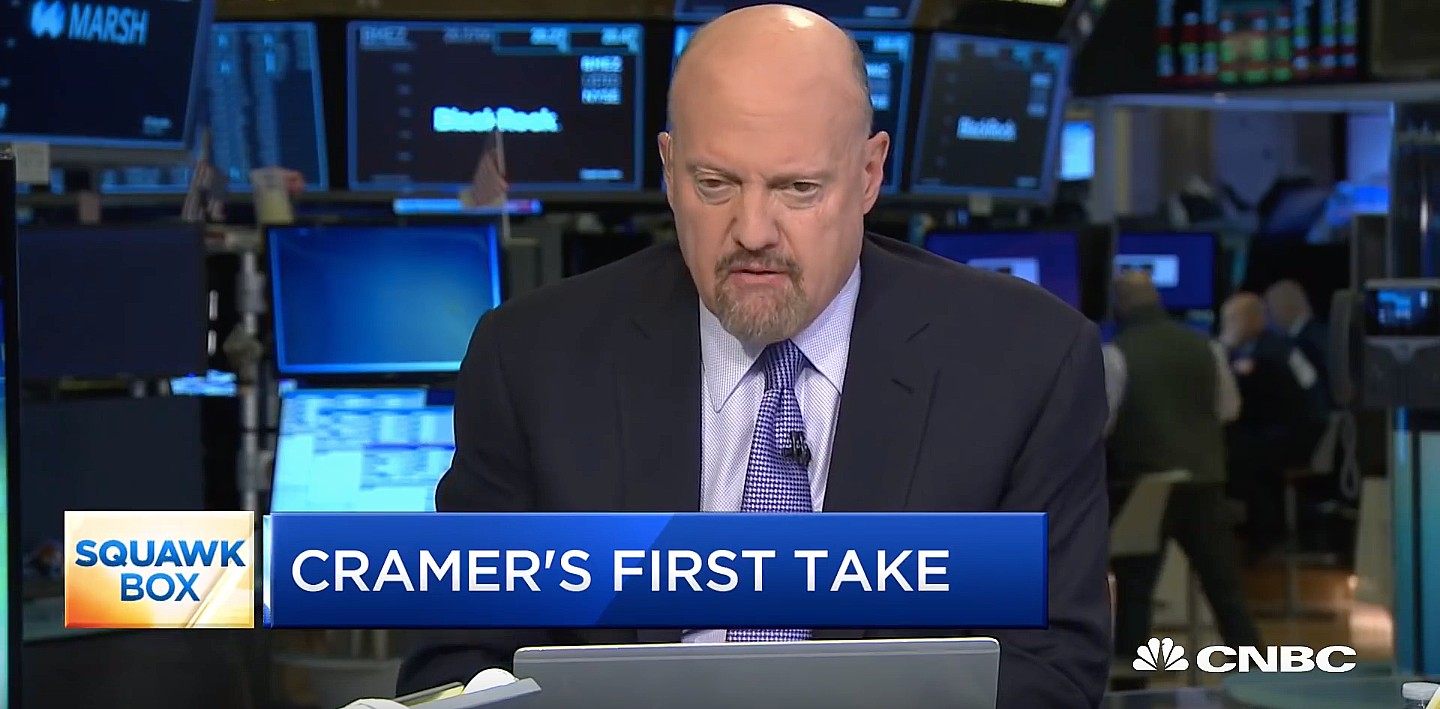
Tesla investors will be shocked by analyst Jim Cramer’s latest assessment of the company.
When it comes to Tesla analysts, many of them are consistent. The bulls usually stay the bulls, and the bears usually stay the bears. The notable analysts on each side are Dan Ives and Adam Jonas for the bulls, and Gordon Johnson for the bears.
Jim Cramer is one analyst who does not necessarily fit this mold. Cramer, who hosts CNBC’s Mad Money, has switched his opinion on Tesla stock (NASDAQ: TSLA) many times.
He has been bullish, like he was when he said the stock was a “sleeping giant” two years ago, and he has been bearish, like he was when he said there was “nothing magnificent” about the company just a few months ago.
Now, he is back to being a bull.
Cramer’s comments were related to two key points: how NVIDIA CEO Jensen Huang describes Tesla after working closely with the Company through their transactions, and how it is not a car company, as well as the recent launch of the Robotaxi fleet.
Jensen Huang’s Tesla Narrative
Cramer says that the narrative on quarterly and annual deliveries is overblown, and those who continue to worry about Tesla’s performance on that metric are misled.
“It’s not a car company,” he said.
He went on to say that people like Huang speak highly of Tesla, and that should be enough to deter any true skepticism:
“I believe what Musk says cause Musk is working with Jensen and Jensen’s telling me what’s happening on the other side is pretty amazing.”
Tesla self-driving development gets huge compliment from NVIDIA CEO
Robotaxi Launch
Many media outlets are being extremely negative regarding the early rollout of Tesla’s Robotaxi platform in Austin, Texas.
There have been a handful of small issues, but nothing significant. Cramer says that humans make mistakes in vehicles too, yet, when Tesla’s test phase of the Robotaxi does it, it’s front page news and needs to be magnified.
He said:
“Look, I mean, drivers make mistakes all the time. Why should we hold Tesla to a standard where there can be no mistakes?”
It’s refreshing to hear Cramer speak logically about the Robotaxi fleet, as Tesla has taken every measure to ensure there are no mishaps. There are safety monitors in the passenger seat, and the area of travel is limited, confined to a small number of people.
Tesla is still improving and hopes to remove teleoperators and safety monitors slowly, as CEO Elon Musk said more freedom could be granted within one or two months.
News
Tesla launches ultra-fast V4 Superchargers in China for the first time
Tesla has V4 Superchargers rolling out in China for the first time.
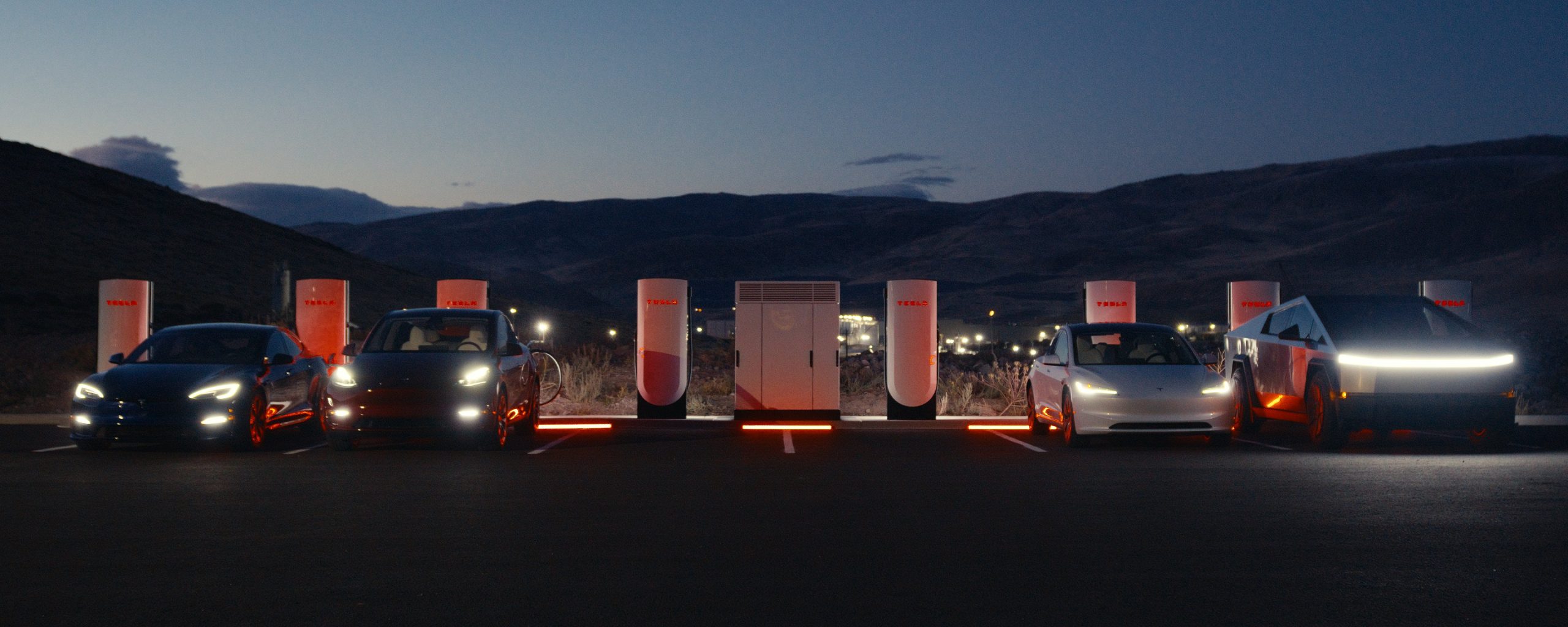
Tesla already has nearly 12,000 Supercharger piles across mainland China. However, the company just initiated the rollout of the ultra-fast V4 Superchargers in China for the first time, bringing its quick-charging piles to the country for the first time since their launch last year.
The first batch of V4 Superchargers is now officially up and running in China, the company announced in a post on Chinese social media outlet Weibo today.
The company said in the post:
“The first batch of Tesla V4 Superchargers are online. Covering more service areas, high-speed charging is more convenient, and six-layer powerful protection such as rain and waterproof makes charging very safe. Simultaneously open to non-Tesla vehicles, and other brands of vehicles can also be charged. There are more than 70,000 Tesla Superchargers worldwide. The charging network layout covers 100% of the provincial capitals and municipalities in mainland China. More V4 Superchargers will be put into use across the country. Optimize the charging experience and improve energy replenishment efficiency. Tesla will accompany you to the mountains, rivers, lakes, and seas with pure electricity!”
The first V4 Superchargers Tesla installed in China are available in four cities across the country: Shanghai, Zhejiang, Gansu, and Chongqing.

Credit: Tesla China
Tesla has over 70,000 Superchargers worldwide. It is the most expansive and robust EV charging network in the world. It’s the main reason why so many companies have chosen to adopt Tesla’s charging connector in North America and Europe.
In China, some EVs can use Tesla Superchargers as well.
The V4 Supercharger is capable of charging vehicles at speeds of up to 325kW for vehicles in North America. This equates to over 1,000 miles per hour of charging.
Elon Musk
Elon Musk hints at when Tesla could reduce Safety Monitors from Robotaxi
Tesla could be reducing Safety Monitors from Robotaxi within ‘a month or two,’ CEO Elon Musk says.
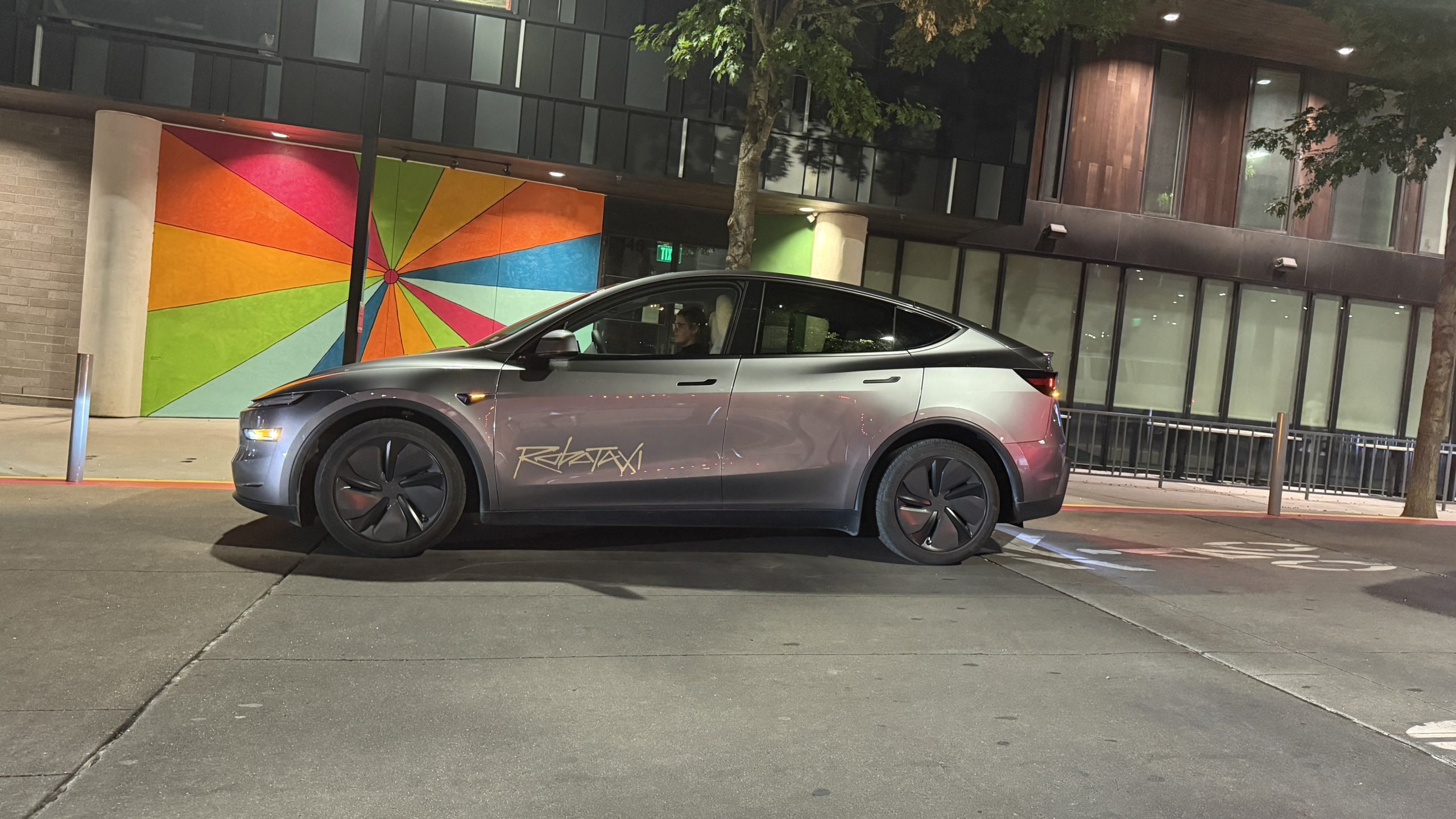
Elon Musk hinted at when Tesla could begin reducing Safety Monitors from its Robotaxis. Safety Monitors are Tesla employees who sit in the front passenger seat during the driverless rides, and are there to ensure safety for occupants during the earliest rides.
Tesla launched its Robotaxi fleet in Austin last Sunday, and after eight days, videos and reviews from those who have ridden in the driverless vehicles have shown that the suite is safe, accurate, and well coordinated. However, there have been a few hiccups, but nothing that has put anyone’s safety in danger.
A vast majority — close to all of the rides — at least according to those who have ridden in the Robotaxi, have been performed without any real need for human intervention. We reported on what was the first intervention last week, as a Safety Monitor had to step in and stop the vehicle in a strange interaction with a UPS truck.
Watch the first true Tesla Robotaxi intervention by safety monitor
The Tesla and UPS delivery truck were going for the same street parking space, and the Tesla began to turn into it. The UPS driver parallel parked into the spot, which was much smaller than his truck. It seemed to be more of an instance of human error instead of the Robotaxi making the wrong move. This is something that the driverless cars will have to deal with because humans are aggressive and sometimes make moves they should not.
The Safety Monitors have not been too active in the vehicles. After all, we’ve only seen that single instance of an intervention. There was also an issue with the sun, when the Tesla braked abnormally due to the glare, but this was an instance where the car handled the scenario and proceeded normally.
With the Robotaxi fleet operating impressively, some are wondering when Tesla will begin scaling back both the Safety Monitors and Teleoperators that it is using to ensure safety with these early rides.
CEO Elon Musk answered the inquiry by stating, “As soon as we feel it is safe to do so. Probably within a month or two.”
As soon as we feel it is safe to do so.
Probably within a month or two. We continue to improve the Tesla AI with each mile driven.
— Elon Musk (@elonmusk) June 30, 2025
Musk’s response seems to confirm that there will be fewer Teleoperators and Safety Monitors in the coming months, but there will still be some within the fleet to ensure safety. Eventually, that number will get to zero.
Reaching a point where Tesla’s Robotaxi is driverless will be another significant milestone for the company and its path to fully autonomous ride-sharing.
Eventually, Tesla will roll out these capabilities to consumer-owned vehicles, offering them a path to generate revenue as their car operates autonomously and completes rides.
For now, Tesla is focusing on perfecting the area of Austin where it is currently offering driverless rides for just $4.20 to a small group of people.
-

 News5 days ago
News5 days agoTesla Robotaxi’s biggest challenge seems to be this one thing
-
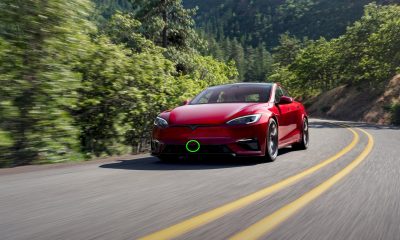
 News2 weeks ago
News2 weeks agoTesla confirms massive hardware change for autonomy improvement
-

 Elon Musk2 weeks ago
Elon Musk2 weeks agoElon Musk slams Bloomberg’s shocking xAI cash burn claims
-
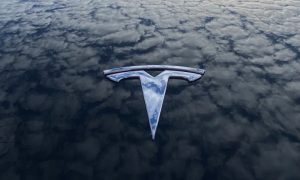
 News2 weeks ago
News2 weeks agoTesla features used to flunk 16-year-old’s driver license test
-

 News2 weeks ago
News2 weeks agoTexas lawmakers urge Tesla to delay Austin robotaxi launch to September
-

 News2 weeks ago
News2 weeks agoTesla China roars back with highest vehicle registrations this Q2 so far
-

 News2 weeks ago
News2 weeks agoTesla dominates Cars.com’s Made in America Index with clean sweep
-

 News2 weeks ago
News2 weeks agoTesla’s Grok integration will be more realistic with this cool feature




